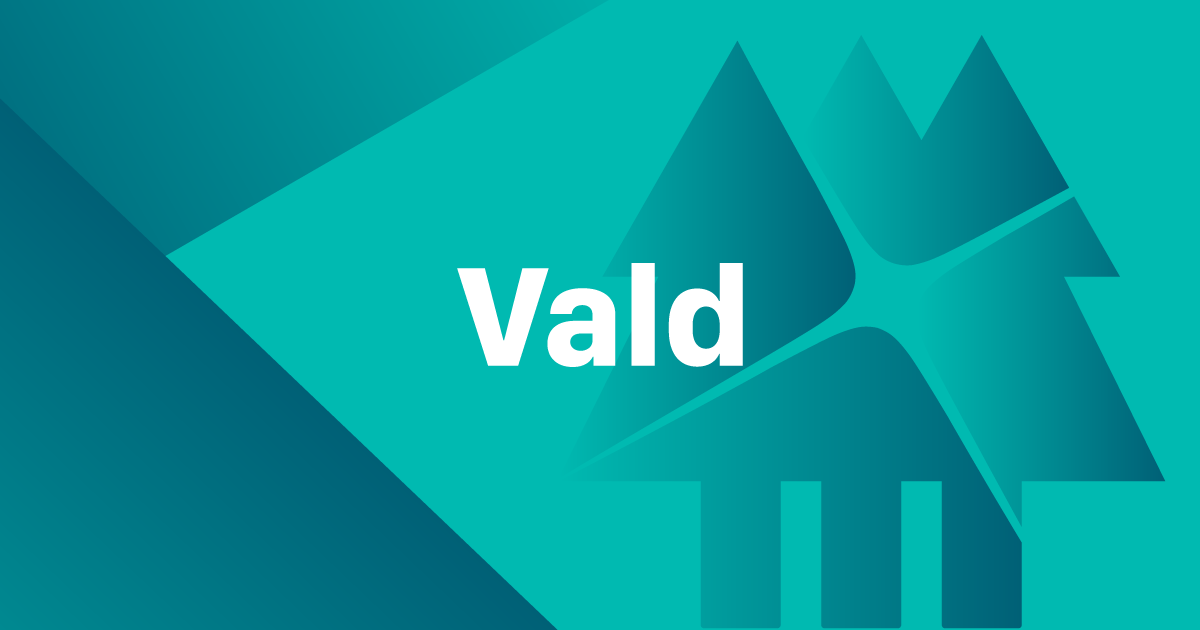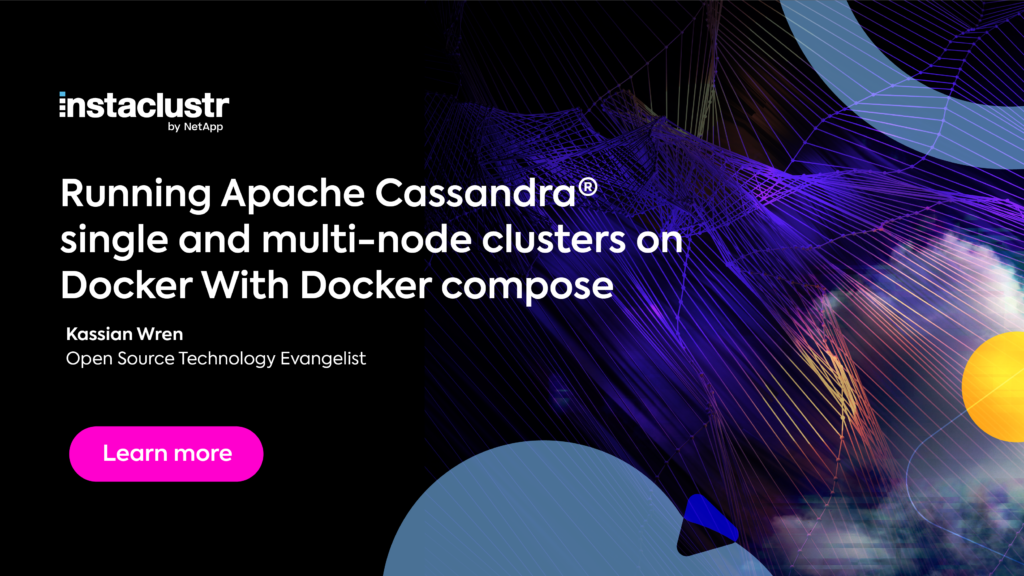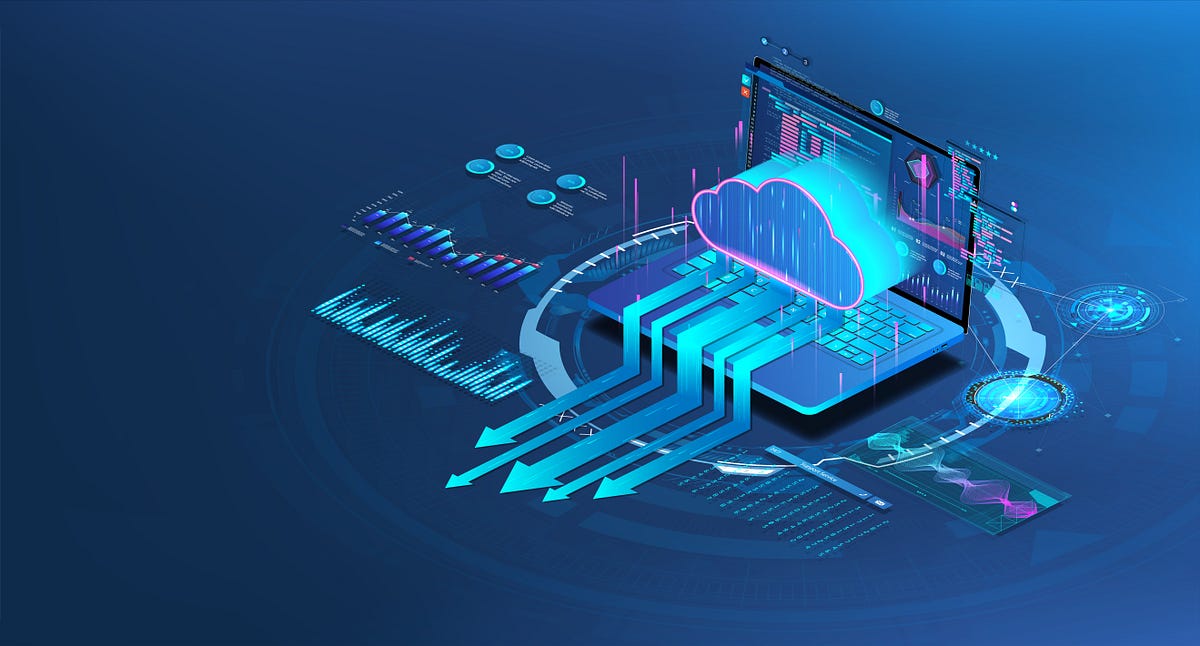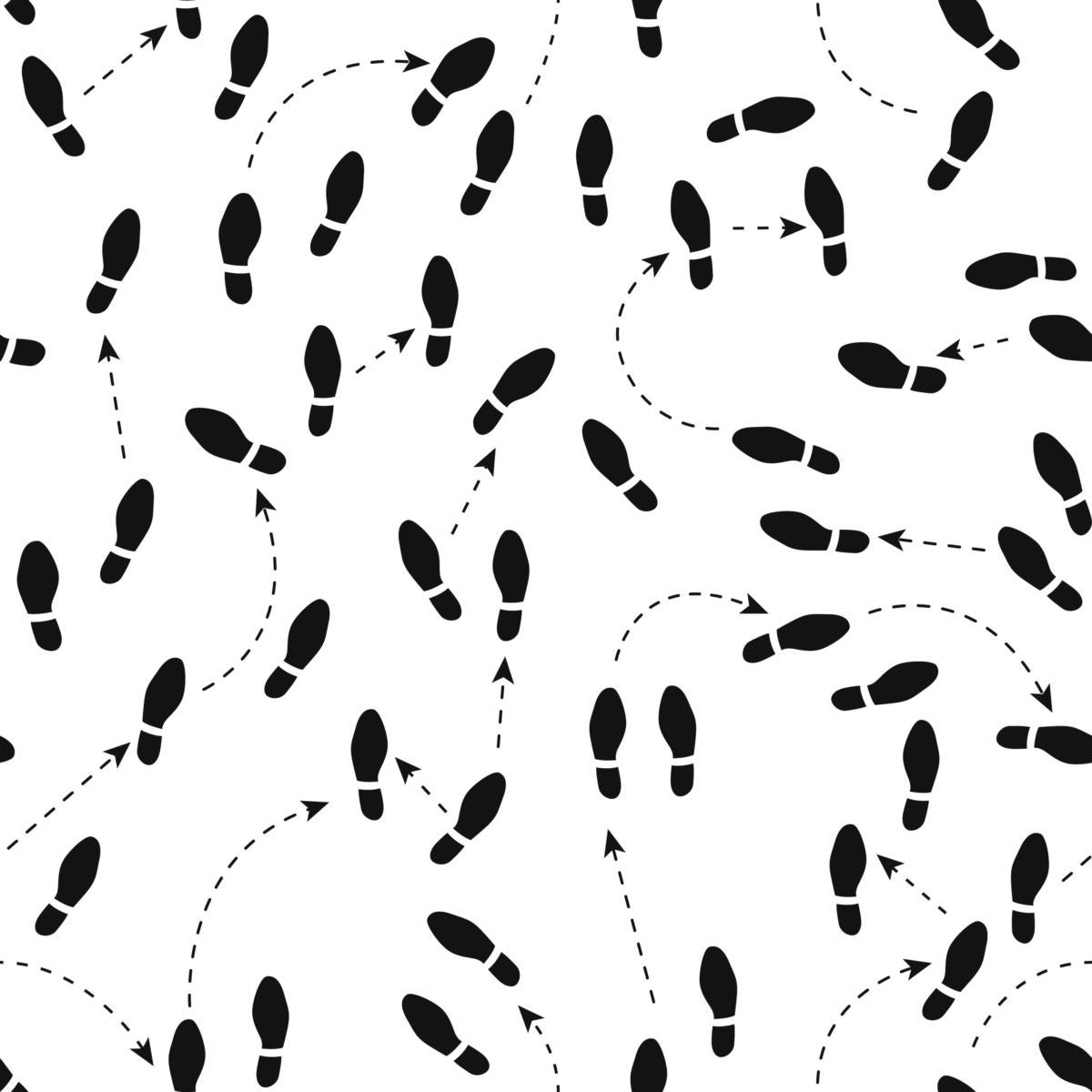In case you missed Cassandra Lunch #12, we looked at how you can start using Apache Cassandra with Kubernetes. In this blog, we will give a quick introduction to Kubernetes as well as a few other tools you’ll need to work with. We have also included a link to a video of Cassandra Lunch #12 if you want a more in-depth discussion about Kubernetes.
What is Kubernetes?
Modern applications are increasingly built using containers, which are micro-services packaged with their dependencies and configurations. Kubernetes (pronounced “koo-ber-net-ees”) is open-source software for deploying and managing those containers at scale—and it’s also the Greek word for helmsmen of a ship or pilot. Build, deliver, and scale containerized apps faster with Kubernetes sometimes referred to as “k8s” or “k-eights.”
What is Docker?
Docker is a set of platform as a service (PaaS) products that use OS-level virtualization to deliver software in packages called containers. Containers are isolated from one another and bundle their own software, libraries, and configuration files; they can communicate with each other through well-defined channels. All containers are run by a single operating system kernel and therefore use fewer resources than virtual machines.
What is Container Orchestration?
Container orchestration is all about managing the lifecycles of containers, especially in large, dynamic environments. Software teams use container orchestration to control and automate many tasks:
- Provisioning and deployment of containers
- Redundancy and availability of containers
- Scaling up or removing containers to spread application load evenly across host infrastructure
- Movement of containers from one host to another if there is a shortage of resources in a host, or if a host dies
- Allocation of resources between containers
- External exposure of services running in a container with the outside world
- Load balancing of service discovery between containers
- Health monitoring of containers and hosts
- Configuration of an application in relation to the containers running it
What is Docker Swarm?
A Docker Swarm is a group of either physical or virtual machines that are running the Docker application and that have been configured to join together in a cluster. Once a group of machines has been clustered together, you can still run the Docker commands that you’re used to, but they will now be carried out by the machines in your cluster. The activities of the cluster are controlled by a swarm manager, and machines that have joined the cluster are referred to as nodes.
What is DC/OS?
DC/OS is a distributed operating system based on the Apache Mesos distributed systems kernel. It lets you manage multiple machines as if they were a single computer. It automates resource management, schedules process placement, facilitates inter-process communication, and simplifies the installation and management of distributed services. Its included web interface and available command-line interface (CLI) facilitate remote management and monitoring of the cluster and its services.
What is AWS Fargate?
AWS Fargate is a serverless compute engine for containers that works with both Amazon Elastic Container Service (ECS) and Amazon Elastic Kubernetes Service (EKS). Fargate makes it easy for you to focus on building your applications. Fargate removes the need to provision and manage servers, lets you specify and pay for resources per application, and improves security through application isolation by design.
DataStax Cassandra Operator for Kubernetes – Github Repository
Instacluster Cassandra Operator for Kubernetes – Github Repository
Sky Uk Cassandra Operator for Kubernetes – Github Repository
CassKopp – Github Repository
Cassandra.Link
Cassandra.Link is a knowledge base that we created for all things Apache Cassandra. Our goal with Cassandra.Link was to not only fill the gap of Planet Cassandra, but to bring the Cassandra community together. Feel free to reach out if you wish to collaborate with us on this project in any capacity.
We are a technology company that specializes in building business platforms. If you have any questions about the tools discussed in this post or about any of our services, feel free to send us an email!








